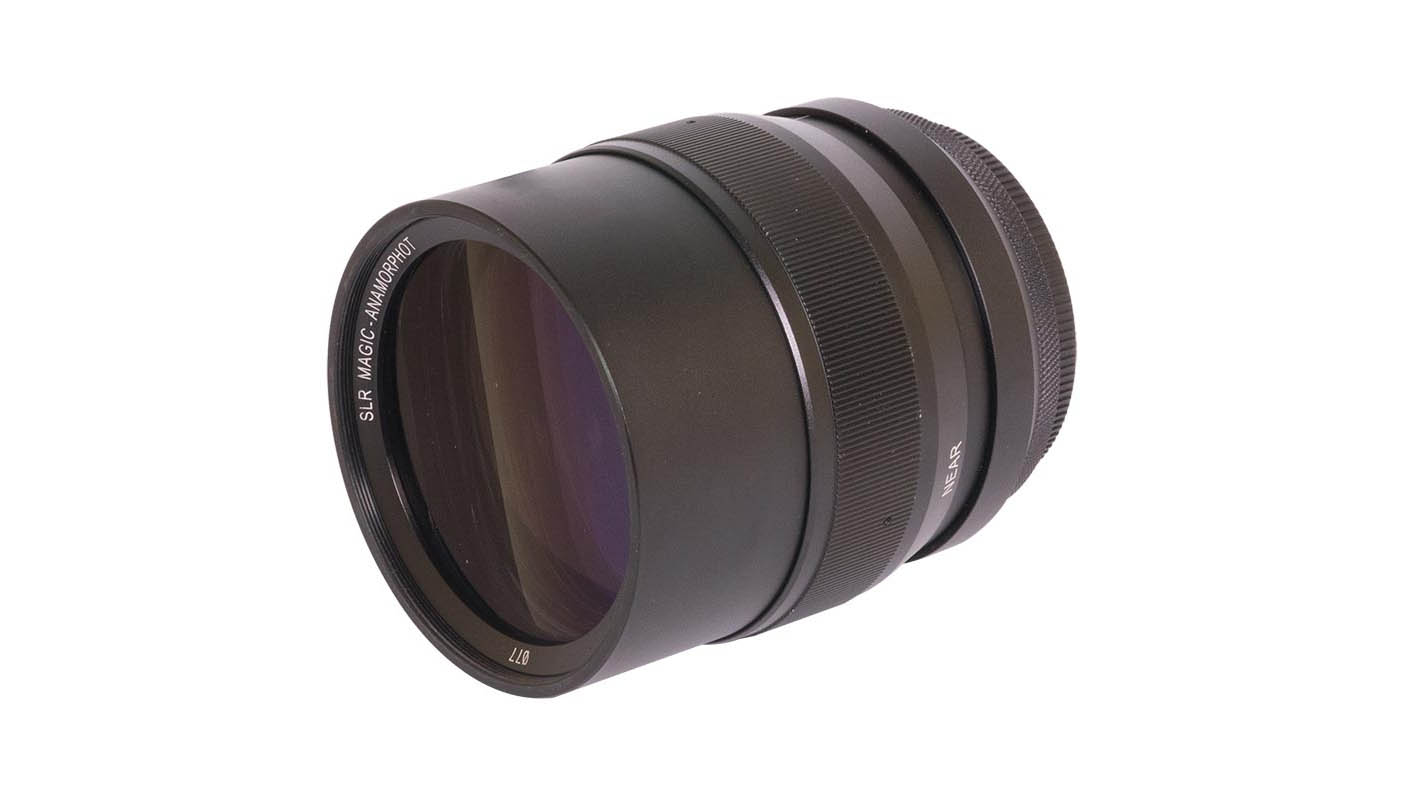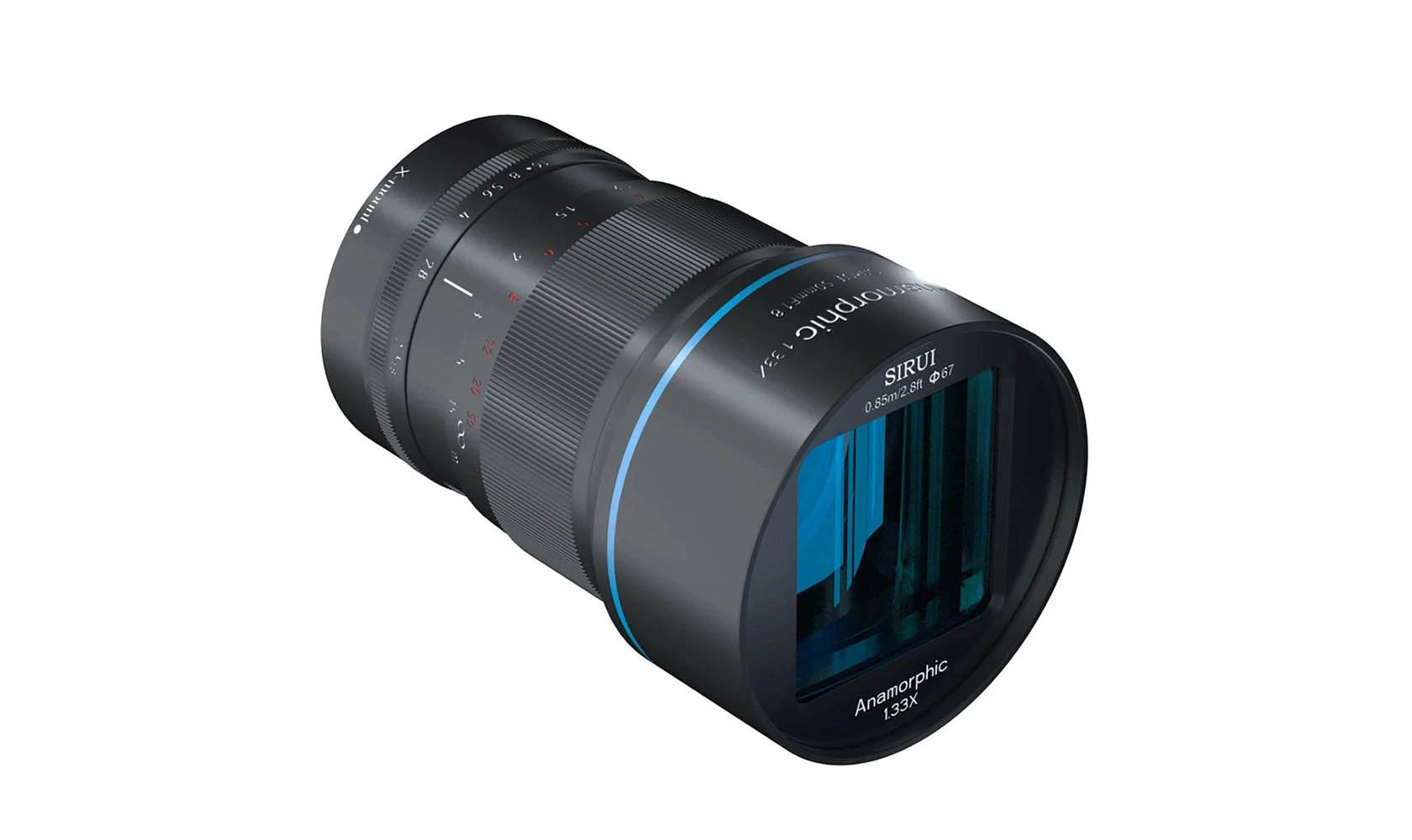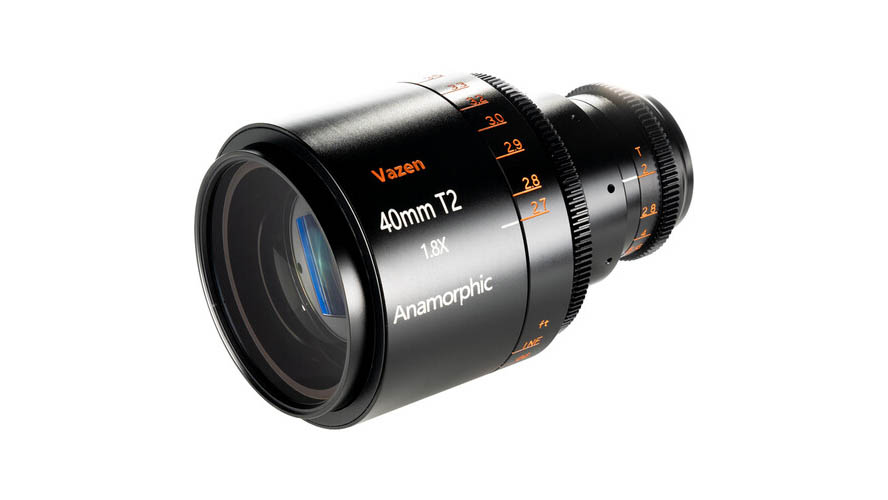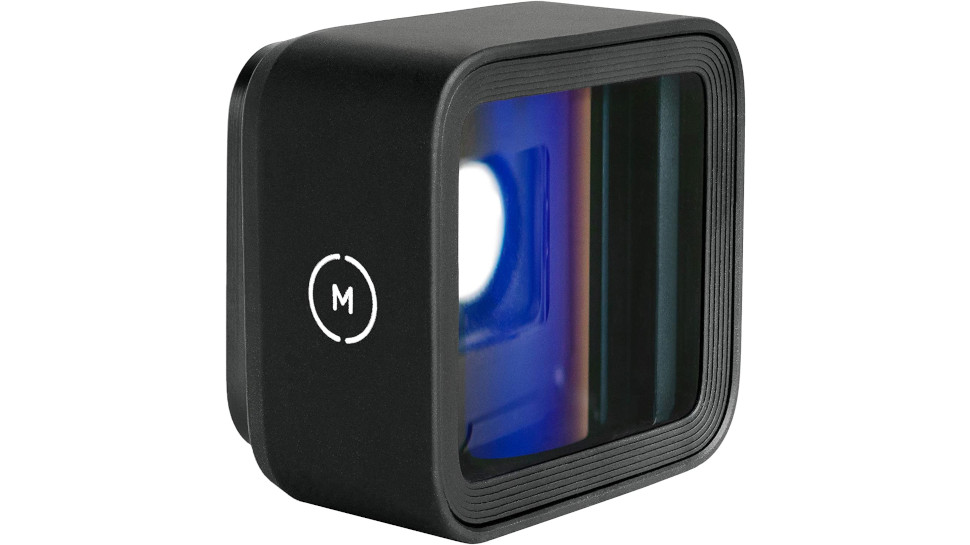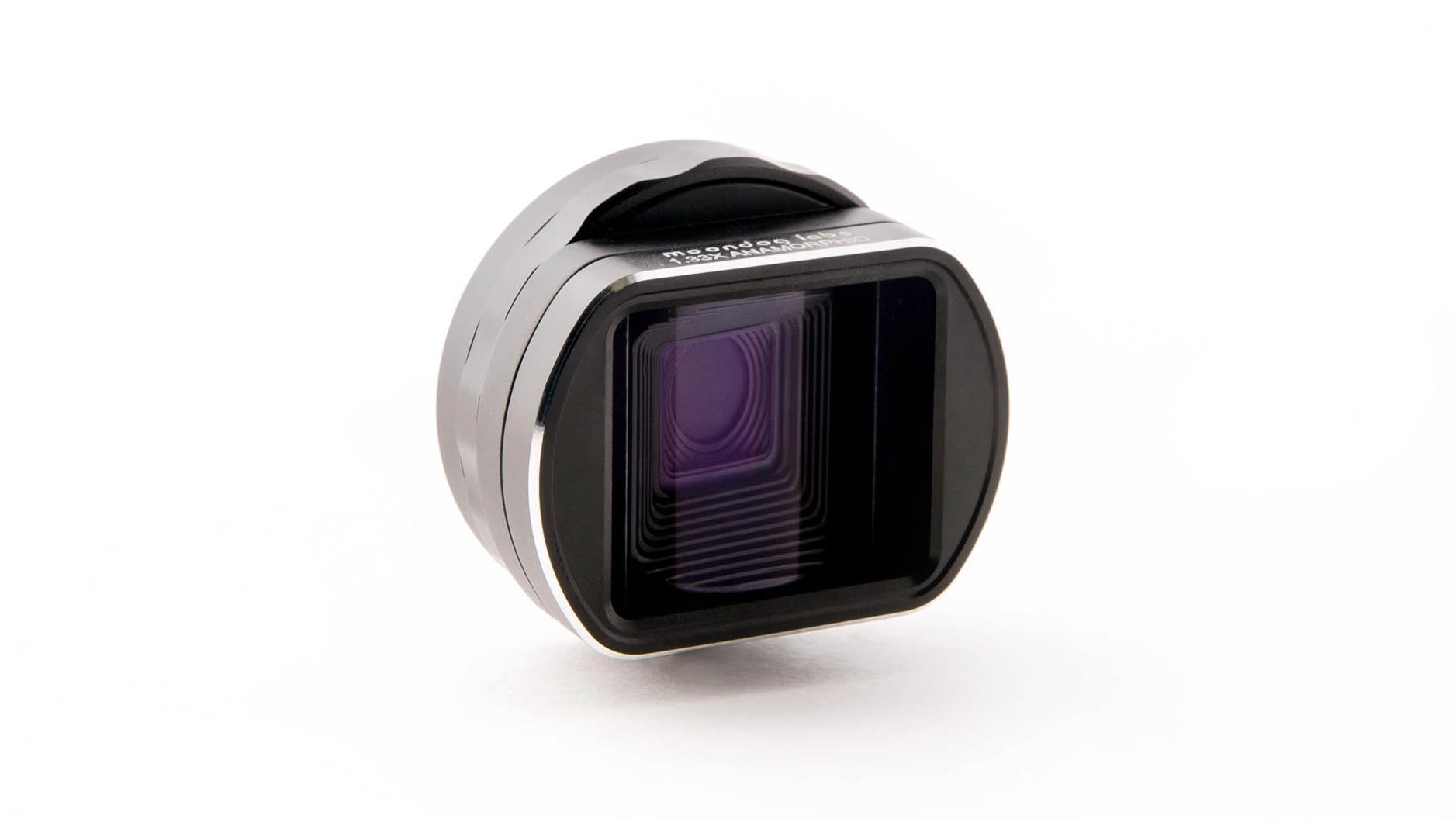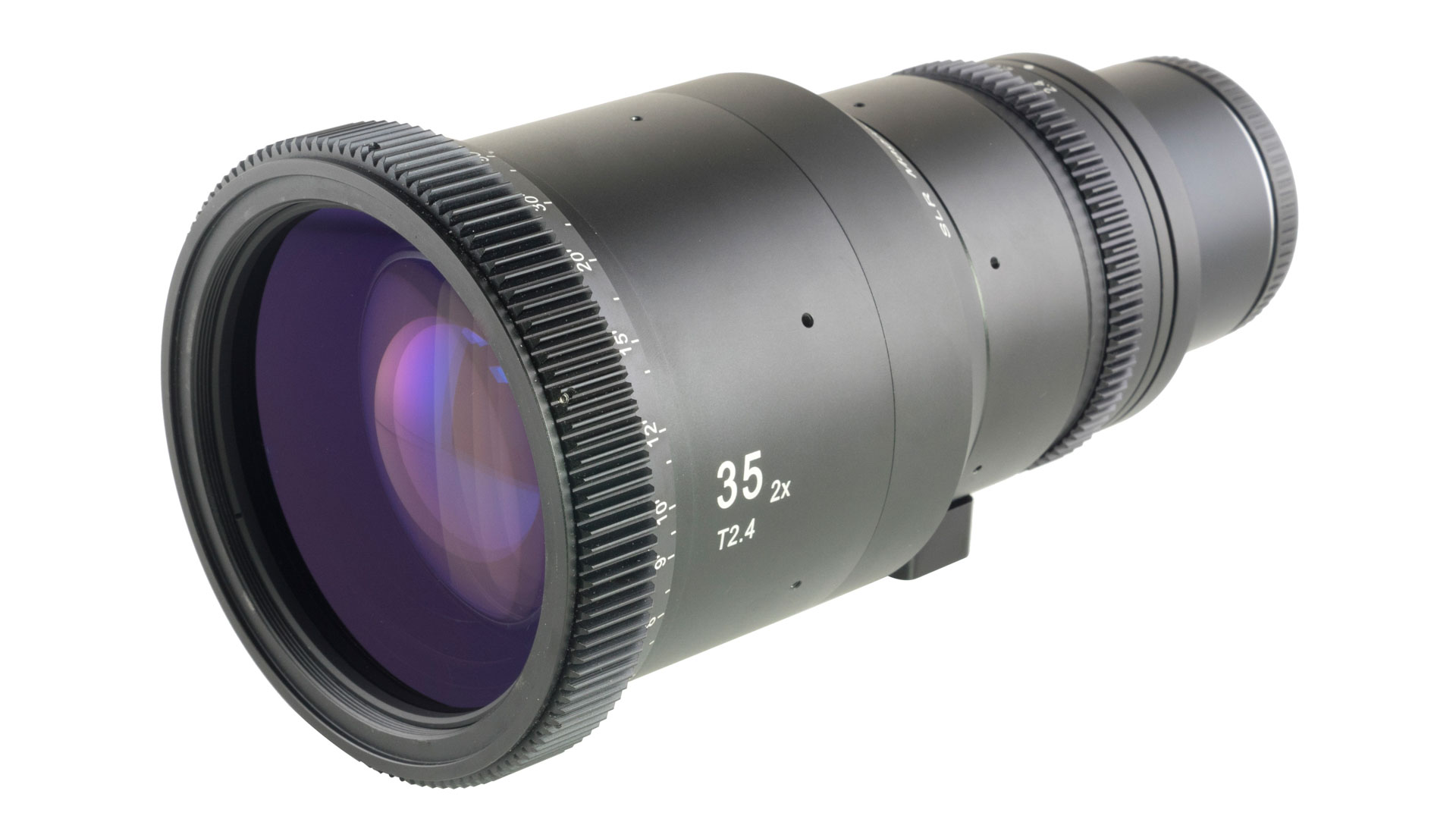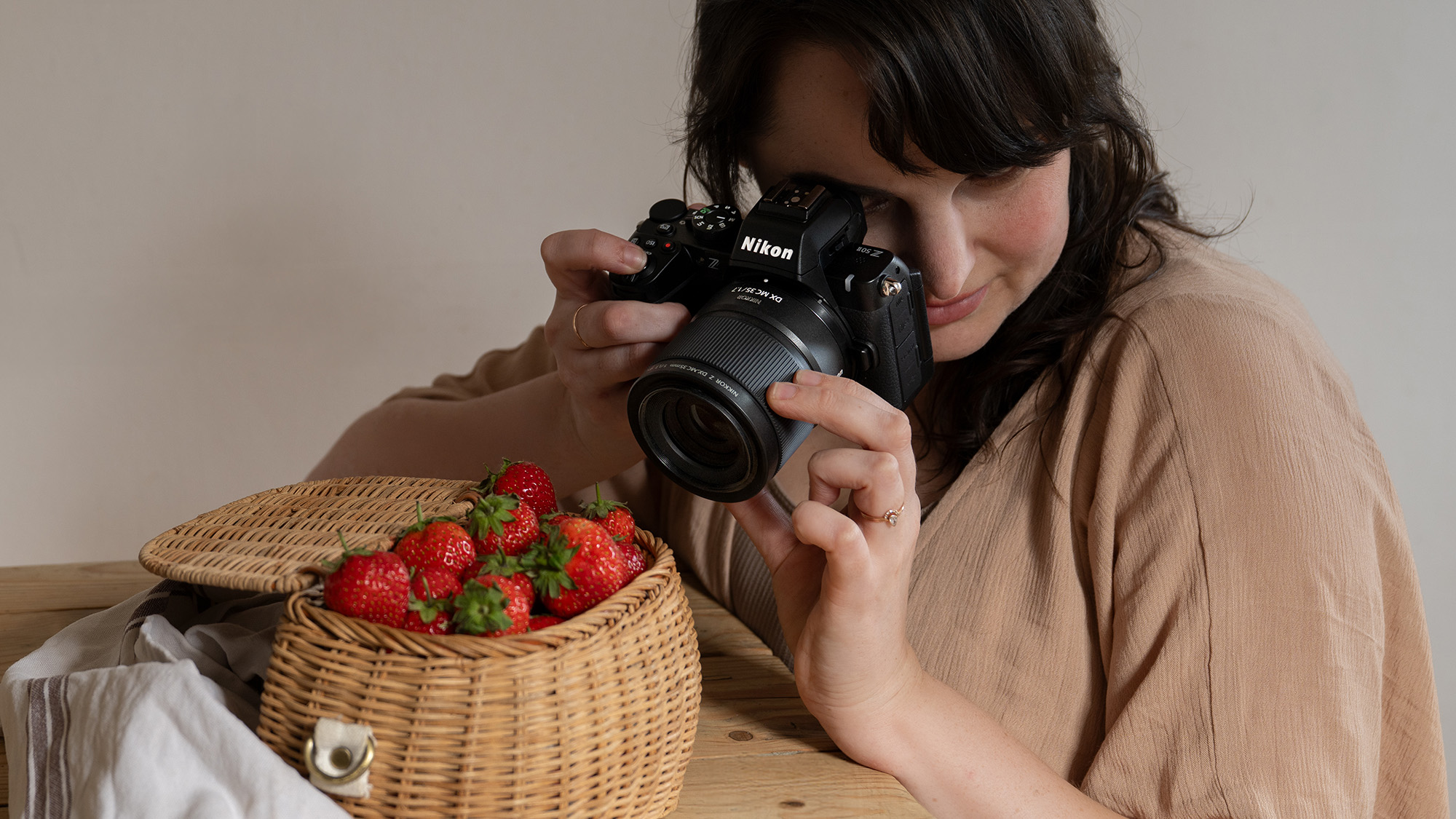The best anamorphic lens for filmmakers: lenses with widescreen cinematic flair
Here are six of the best anamorphic lenses to fit your DSLR, mirrorless camera, cinema camera, or camera phone
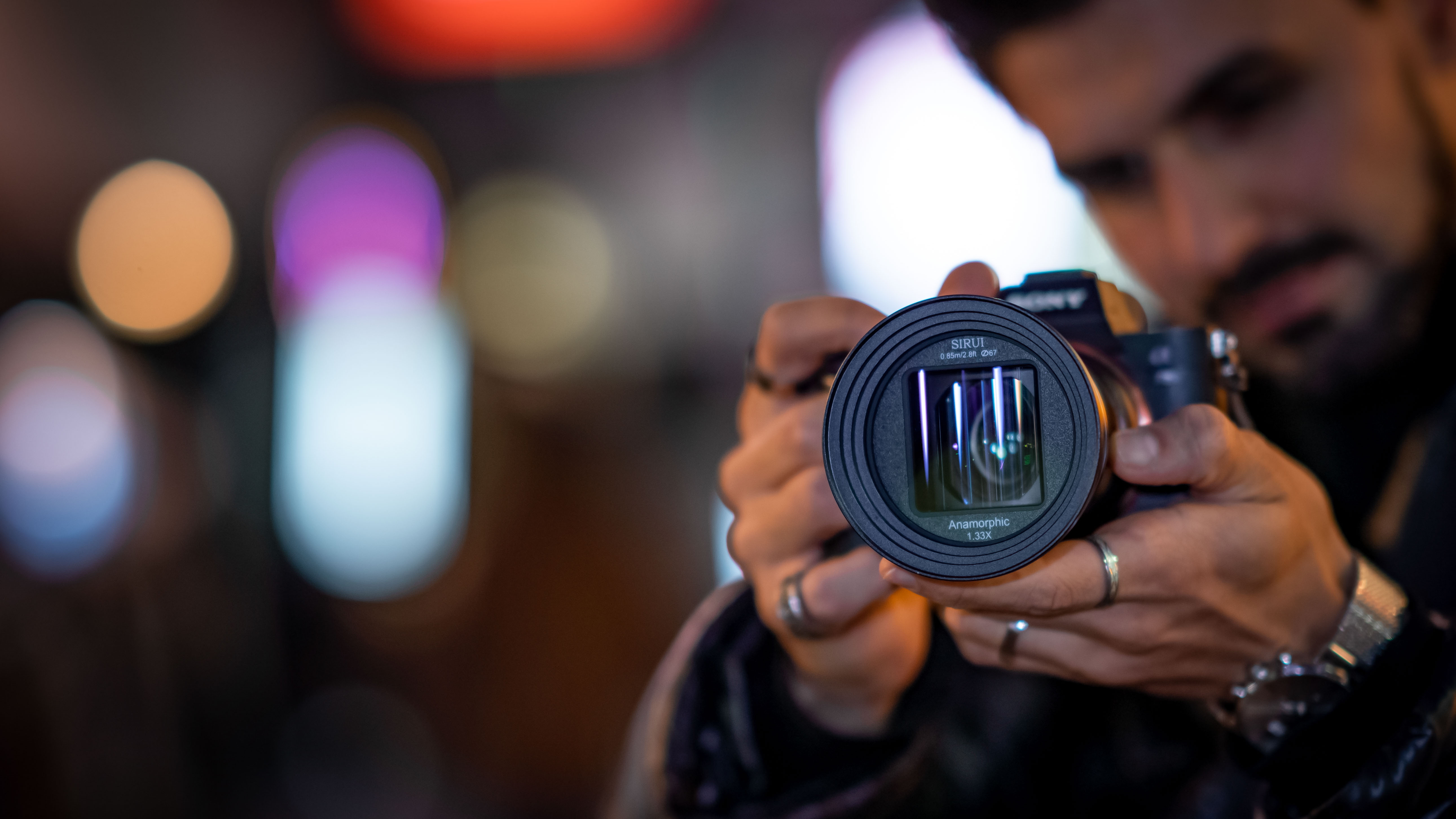
Anyone who has marveled at epic Hollywood blockbusters – shot in glorious ultra-widescreen with that wonderful oval bokeh and vivid long blue lens flares – has seen what the best anamorphic lenses can do. Most big-budget movies rely on them, because of their striking visual aesthetic, but anamorphic lenses are increasingly finding uses in independent films too.
While anamorphic lenses became popular in analogue filmmaking, as cinematographers explored the visual impact of the wider CinemaScope aspect ratio, they have enjoyed a surge in popularity among digital filmmakers who want to use the best cine lenses available. No longer do you need an anamorphic projection lens to correct the squeezed image; now this can all be done in post-production.
It is surprising how often technology developed for one application finds use in another, for which it then becomes ubiquitous. While filmmakers and videographers talk increasingly of the widescreen cinematic look that the best anamorphic lenses can provide, you make be surprised to know that anamorphic lens cylinders were first developed for tank periscopes during World War I to get a wider look outside.
Filmmakers are constantly looking for ways to improve the aesthetics of their film, using dedicated cine lenses, as well as color grading and aspect ratio manipulation in post-production. One common practice is to convert a 16:9 camera image shot on a standard lens into a 2.4:1 cinematic aspect ratio via post-editing applications. Although this method achieves a cinematic look, it also degrades the footage and results in lower-quality images.
best anamorphic lenses: our top picks

Best for sharp results
Available for both APS-C and Micro Four Thirds systems, shooting with a Sirui lens with a 1.33x de-squeeze factor on a 16:9 sensor will give you a final aspect ratio of 2.41:1.
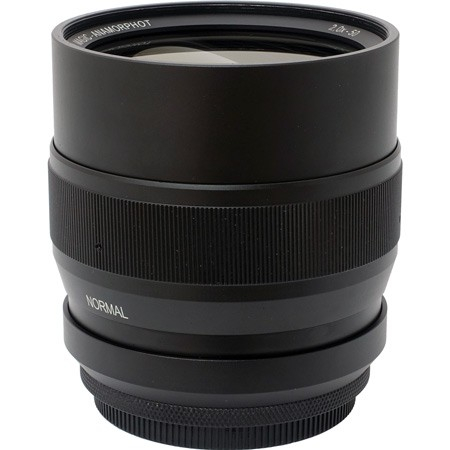
Best for beginners
The use of an anamorphic adapter can be an ideal solution if you have a camera setup with multiple lenses and you want the anamorphic effect across them all.
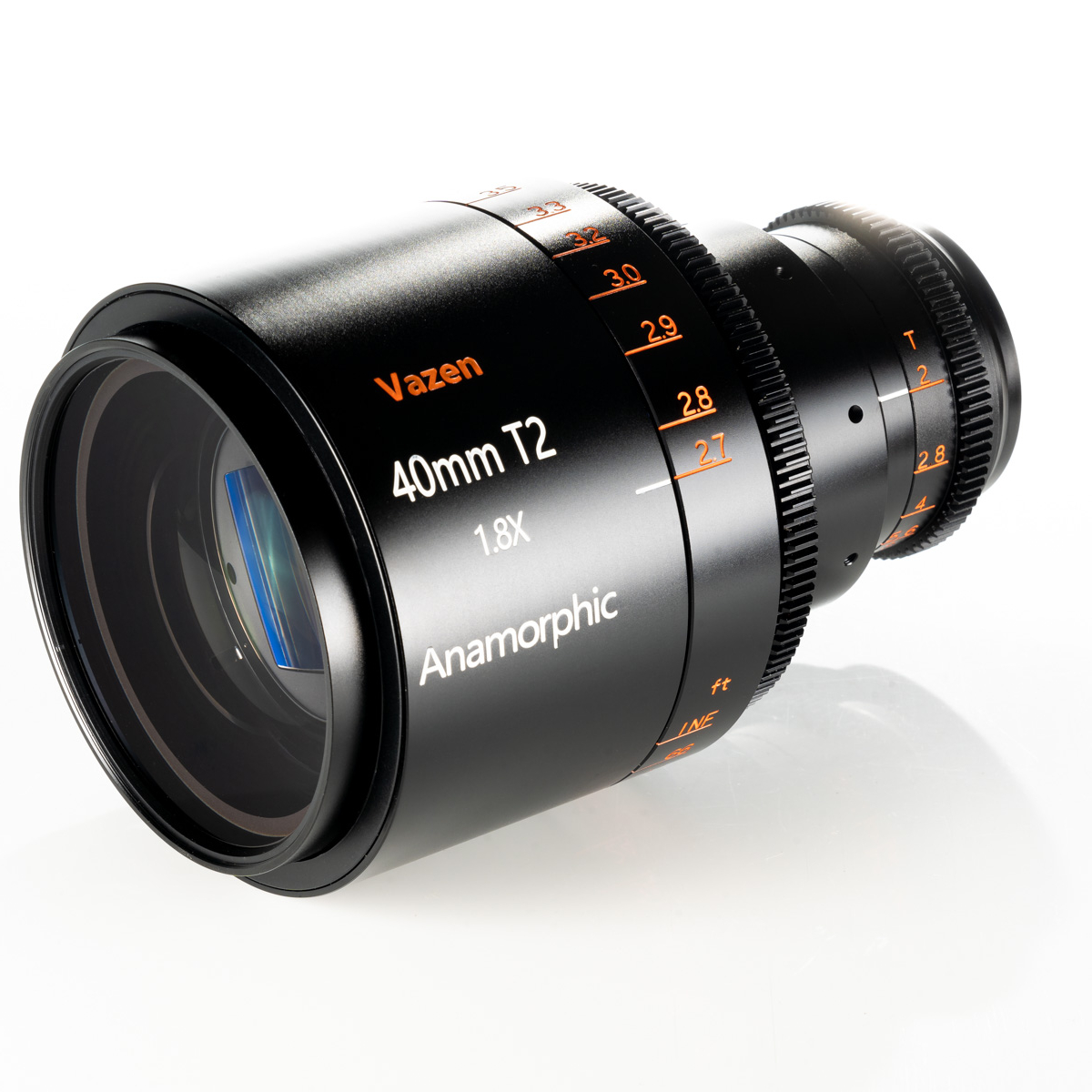
Best for professionals
The Vazen 40mm T/2 Anamorphic is by no means an expensive anamorphic lens. Available in Micro Four Thirds and Canon RF mount only, the Vazen 40mm lens provides a 1.8x anamorphic squeeze.
The best anamorphic lenses in 2026
Why you can trust Digital Camera World
1. Sirui 24mm f/2.8 1.33x Anamorphic
Specifications
Reasons to buy
Reasons to avoid
The Sirui 24mm f/2.8 1.33x Anamorphic was the third lens in the company's anamorphic range. Available for both APS-C and Micro Four Thirds systems, shooting with a Sirui lens with a 1.33x de-squeeze factor on a 16:9 sensor will give you a final aspect ratio of 2.41:1 – close to Panavision and Cinemascope aspect ratios.
One of the highlights of the Sirui 24mm f/2.8 1.33x Anamorphic is its sharpness. Some of the more affordable anamorphic lens options can struggle to achieve the same crispness as more expensive pieces of glass. However, even with this lens wide open, it produces images just as sharp as lenses ten times its price.
2. SLR Magic 2x 50 Anamorphot Adapter
Specifications
Reasons to buy
Reasons to avoid
The use of an anamorphic adapter can be an ideal solution if you have a camera setup with multiple lenses and you want the anamorphic effect across them all. In theory options like the SLR Magic Anamorphot-50 2x adapter and its cousin the SLR Magic Anamorphot-40 1.33x adapter are a perfect choice.
However, setup can be extremely fiddly. Firstly you need to make sure the lenses you already have are compatible – with a native 62mm rear thread the SLR Magic Anamorphot-50 2x adapter is only suitable for lenses that have a front element size of 50mm or less.
Limitations in close focusing mean you will probably want to use dioptres such as the SLR Magic Rangefinder if you want to focus closer than 2m or so. And because the adapter will probably weigh as much as your lens, you will need some kind of lens support.
Still, if you can get the setup right, the SLR Magic Anamorphot-50 2x adapter supports focal lengths between 35 and 100mm for APS-C and MFT format sensors (but only 70 to 100mm for full-frame format sensors) so it could provide an anamorphic look to most if not all of the lenses you use for filming.
3. Sirui 50mm f/1.8 1.33x Anamorphic
Specifications
Reasons to buy
Reasons to avoid
Another lens in Sirui's great value anamorphic lineup, the Sirui 50mm f/1.8 1.33x again features a 1.33x anamorphic squeeze, increasing your field of view by 33% and giving an angle of view that is equivalent to an APS-C 37.5mm lens. This allows you to shoot high-definition video in a classic CinemaScope aspect ratio of 2.4:1.
It features astounding sharpness for its price. and is one of the lightest anamorphic lenses on the market – lighter even than some anamorphic adapters. Its construction is compact yet solid, belying the fact that it is a fraction of the price of most anamorphic cinema lenses, yet it is capable of producing images that are equally breathtaking. The only real downside is that the lens is not available for a full frame.
Other models to consider from Sirui's expanding anamorphic range are the Sirui 35mm f/1.8 1.33x and the newly-announced 75mm f/1.8 1.33x.
4. Vazen 40mm T/2 1.8x Anamorphic
Specifications
Reasons to buy
Reasons to avoid
Although retailing around $3,250, the Vazen 40mm T/2 Anamorphic is by no means an expensive anamorphic lens. Available in Micro Four Thirds and Canon RF mount only, the Vazen 40mm lens provides a 1.8x anamorphic squeeze and covers Micro Four Thirds image sensor formats. The lens creates a cinematic 2:39:1 aspect ratio when used on cameras such as the Panasonic GH5 Mark II, the Z CAM E2, or the Blackmagic Design Pocket Cinema Camera 4K.
The features a 0.82m (2.7ft) minimum focus distance, focus marks in feet, and a huge 300° focus rotation for precision focusing (although this feels too much if focusing by hand). It's cumbersome compared to its peers at 1.8kg (4lb) but has impressive build quality, a 95mm front diameter to fit standard matte boxes, and independent aperture and focus rings built with 0.8mod cine gears.
5. Moment Anamorphic Lens
Specifications
Reasons to buy
Reasons to avoid
Moment's lenses for iPhones and smartphones work by fitting into one of Moment's own highly-respected phone cases, which have a mount built in for fixing these accessory lenses to one or more of your handset's rear lenses. Once you have the case on your phone (which you leave on all the time for protection) adding the lens is a simple bayonet twist-lock affair.
The Blue Flare Anamorphic lens gives a 1.33x stretch effect - designed to emulate 2.40:1 Cinemascope. You do have to pay more for the case, of course, and only some manufacturers' models are catered for.
6. Moondog Labs 1.33x Smartphone Adapter
Specifications
Reasons to buy
Reasons to avoid
Mobile filmmakers seeking that anamorphic aesthetic should not feel left out, as there are a number of adapters available for most camera phones. Our pick of the bunch has to be the Moondog Labs anamorphic lens. The company's 1.33X anamorphic lens gives smartphone users the ability to create compelling, professional-looking films at a fraction of the price of even Sirui's affordable anamorphic lenses.
Despite the price, the Moondog Labs lens adapter is made from anodized aluminum and cinema-grade glass and is available in three different mounts (bayonet, 37mm thread, or clip-on) for increased compatibility with the majority of camera phones. Of course, the image quality won't quite be up there with the best on this list, but with some of the best camera phones it really won't be far off, allowing you to produce expansive 2.4:1 footage that most people will think was taken on a proper cinema camera.
7. SLR Magic Anamorphot CINE 352XMFT T2.4
Specifications
Reasons to buy
Reasons to avoid
SLR Magic's Anamorphot Cine 352XMFT T/2.4 lens is a 35mm 2x anamorphic cine lens to fit MFT cameras which, when ‘desqueezed’, produces the full widescreen look with a real 2.66:1 aspect ratio. The lens has the widest aperture of T/2.4, features geared focus and aperture rings, a minimum focus distance of 1.1m, and 82mm front filter thread that allows you to screw in filters and dioptres to reduce the minimum focus distance. The front of the lens rotates as you focus, however, which may affect your choice of matte box.
Included with the lens is a hard transport case and 15mm rod lens supports. The SLR Magic's Anamorphot Cine 352XMFT 35mm lens is also available as a set, together with the 50mm T/2.8 and 70mm T/4 MFT lenses (also available individually). For PL mount users there is a similar range, which features an anamorphic squeeze of 1.33x.
What is an anamorphic lens?
What is an anamorphic lens? Put simply, an anamorphic lens changes the dimensions of an image in one axis; allowing for a wider field of view. Essentially, these lenses maximize the use of any sensor by fitting more footage onto it, resulting in a wider aspect ratio without degrading image quality.
With anamorphic lenses, you will often see a 'de-squeeze factor' next to the name – most often 1.33x, 1.8x, or 2x. This is because the lenses produce an image that's compressed in width and require it to be stretched in post to be properly displayed. The de-squeeze factor tells you how much the image is compressed. Some high-end cinema camera manufacturers such as Red feature in-camera anamorphic settings, allowing you to see a de-squeezed image on the screen as you shoot.
As an example, compared to a traditional 50mm APS-C lens, the Sirui 50mm f/1.8 1.33x Anamorphic lens produces a cinematic 2.4:1 widescreen video with a 33% increase of the horizontal field of view, effectively achieving a FOV equivalent to an APS-C 37.5mm lens.
Unfortunately, because of their complex internals, anamorphic lenses can be prohibitively expensive. It is not uncommon for dedicated anamorphic cinema lenses from manufacturers such as Cooke, Kowa, and ARRI to cost upwards of $20,000, and more often than not they will be available to rent for the duration of a film shoot rather than to buy.
Indie filmmakers needn't fear, however – a number of sub-$1,000 alternatives have been launched in recent years by companies such as SLR Magic, which has developed a range of screw-in anamorphic adapters for standard lenses, and Sirui, which has made a name for itself by launching its lenses on crowdfunding platform Indiegogo, making their great value lenses cheaper still with early bird special offers.
There are even anamorphic adapter lenses to use on the best camera phones, giving you an ultra-wide anamorphic look at a fraction of the price of cinema lenses. With a wide range of free video editing software also available, achieving that Hollywood-style cinematic look is cheaper than ever before.
Read more:
The best cinema cameras in 2023
The best 4K camera for filmmaking
The best video tripods
The best camera sliders
The best on-camera monitors and recorders
The best camera deals, reviews, product advice, and unmissable photography news, direct to your inbox!

For nearly two decades Sebastian's work has been published internationally. Originally specializing in Equestrianism, his visuals have been used by the leading names in the equestrian industry such as The Fédération Equestre Internationale (FEI), The Jockey Club, Horse & Hound, and many more for various advertising campaigns, books, and pre/post-event highlights.
He is a Fellow of the Royal Society of Arts, holds a Foundation Degree in Equitation Science, and holds a Master of Arts in Publishing. He is a member of Nikon NPS and has been a Nikon user since his film days using a Nikon F5. He saw the digital transition with Nikon's D series cameras and is still, to this day, the youngest member to be elected into BEWA, the British Equestrian Writers' Association.
He is familiar with and shows great interest in 35mm, medium, and large-format photography, using products by Leica, Phase One, Hasselblad, Alpa, and Sinar. Sebastian has also used many cinema cameras from Sony, RED, ARRI, and everything in between. He now spends his spare time using his trusted Leica M-E or Leica M2, shooting Street/Documentary photography as he sees it, usually in Black and White.

